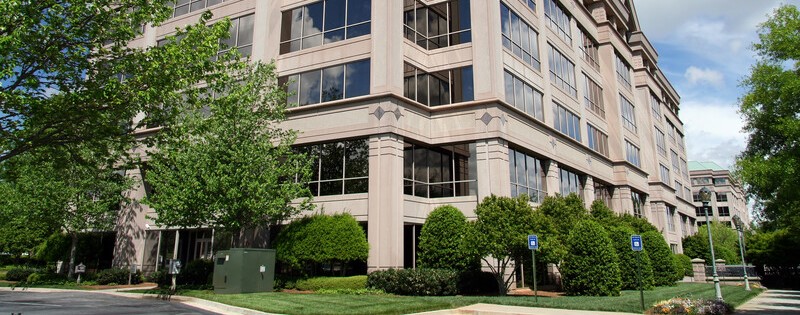As economic headwinds, rate volatility, and regulatory changes continue to buffet the real estate market, community banks and credit unions are quietly adjusting their commercial real estate (CRE) lending strategies in ways that reflect both caution and resilience.
A recent white paper from Colliers offers insight into how smaller financial institutions are navigating today’s complex lending environment. Experts from Colliers and Darling Consulting Group discussed the evolving landscape, highlighting the growing importance of flexible loan structures, risk management, and borrower collaboration.
Renewals and Repricing Show Stability
One positive sign: many banks are managing to renew or reprice CRE loans with minimal friction. Even when challenges arise, borrowers are actively engaging with lenders to renegotiate or seek forbearance—a dynamic experts view as a healthy indicator of ongoing borrower-lender relationships and relative market stability.
Focus on the Five-Year Yield Curve
Unlike larger institutions that often track 10-year Treasury yields or broader benchmarks like SOFR, community banks are keeping a closer eye on the five-year point of the yield curve. That’s because most CRE loans operate on three- to five-year cycles. This part of the curve has been more volatile, prompting lenders to offer more nuanced rate structures—including floating and fixed-rate options—with mechanisms like rate locks, upfront fees, or back-to-back swaps.
Underwriting Tightens, Margins Improve
Loan modification requests are on the rise—especially for deals originated in 2023 and 2024—as banks adopt tighter underwriting standards. In contrast to the ultra-low rates seen during the 2020–2022 period, current market conditions involve wider spreads and more conservative pricing models. Many lenders are also padding their balance sheets to prepare for future uncertainty.
Interestingly, improved margins are helping to ease pressure. Some institutions are seeing projected margin gains of nearly 20% thanks to higher interest income, making them less reliant on aggressive deal-making to stay profitable.
The “Barbell” Effect: Old vs. New Loans
Today’s lending environment is marked by a stark contrast between pandemic-era loans issued at 4%–5% interest rates and newer loans priced closer to 7%–9%. This “barbell dynamic,” as described by Darling Consulting’s Jeff Reynolds, is affecting prepayment patterns. Newer loans, especially those with recent modifications, have prepayment rates nearing 30%, while older loans are seeing rates closer to just 5%. This divergence underscores the importance of modeling prepayment behavior more accurately.
Community Banks Step Up
Perhaps the biggest shift is in the market’s structure. Community banks and credit unions now hold a much larger portion of CRE loans than they did a decade ago. And as larger banks reduce their exposure to the sector, smaller institutions are increasingly filling the gap—just as a wave of loan maturities looms.
In short, community lenders are becoming indispensable players in the CRE ecosystem. Through more cautious underwriting, flexible structures, and borrower engagement, they’re not just weathering the storm—they’re helping stabilize the market at a critical moment.
Source: GlobeSt.









